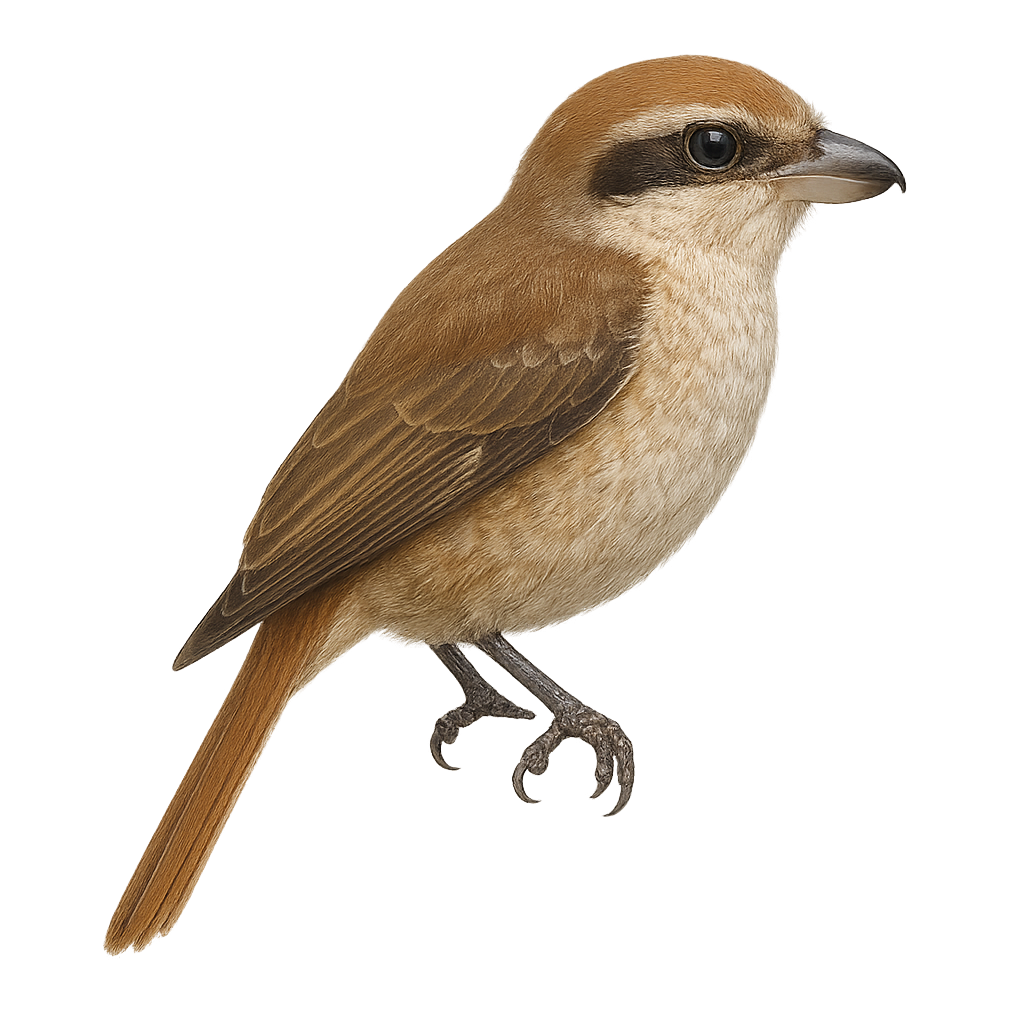Your wildlife photography guide.
Explore the brown shrike in detail, study its behavior, prepare your shots.
Where to observe and photograph the brown shrike in the wild
Learn where and when to spot the brown shrike in the wild, how to identify the species based on distinctive features, and what natural environments it inhabits. The WildlifePhotographer app offers tailored photography tips that reflect the brown shrike’s behavior, helping you capture better wildlife images. Explore the full species profile for key information including description, habitat, active periods, and approach techniques.
Brown Shrike
Scientific name: Lanius cristatus

IUCN Status: Least Concern
Family: LANIIDAE
Group: Birds
Sensitivity to human approach: Suspicious
Minimum approach distance: 10 m
Courtship display: May to June
Incubation: 14-16 jours
Hatchings: May to July
Habitat:
Grasslands, forest edges, shrublands
Activity period :
Primarily active during the day, with peak activity in the morning and late afternoon.
Identification and description:
The Brown Shrike, or Lanius cristatus, is a medium-sized bird, about 20 cm long. It is recognizable by its brown plumage on the back and wings, with a lighter chest. Its head features a distinctive black mask around the eyes. This bird is often seen perched on branches or wires, scanning the ground for prey. Carnivorous, it primarily feeds on insects but can also capture small vertebrates. The Brown Shrike is migratory, breeding in northern Asia and wintering in Southeast Asia. It prefers open habitats such as grasslands and forest edges.
Recommended lens:
400 mm – adjust based on distance, desired framing (portrait or habitat), and approach conditions.
Photography tips:
To photograph the Brown Shrike, it is advisable to use a telephoto lens of at least 400mm to capture detailed images without disturbing the bird. Look for open areas where the bird is likely to perch, such as grasslands or forest edges. Be patient and discreet, as this bird can be suspicious. Use a tripod to stabilize your camera and wait for the bird to perch on a clear branch to get a sharp and well-framed photo.
The WildlifePhotographer App is coming soon!
Be the first to explore the best nature spots, track rutting seasons, log your observations, and observe more wildlife.
Already 1 415 wildlife lovers subscribed worldwide

